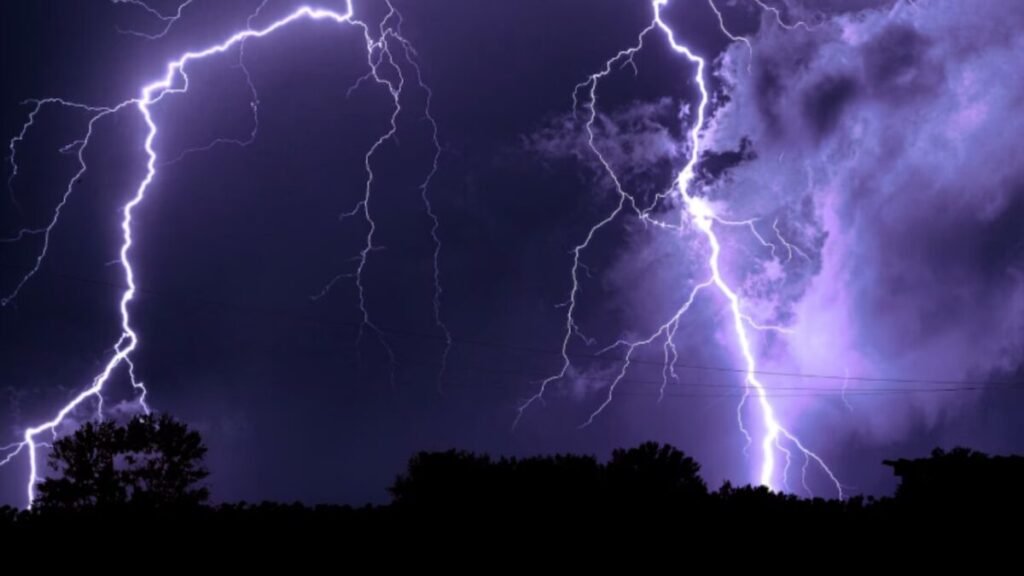When the rays pollute: NASA reveals the hidden side of storms

We always think of factories, cars, and forest fires as the main sources of air pollution. However, science has just identified an unexpected culprit: lightning. Thanks to a sophisticated NASA space instrument, researchers have shown that electrical storms trigger chemical reactions that dirty the air we breathe. This discovery not only changes what we know about the atmosphere, but also opens up new possibilities to improve pollution alerts.
An orbital laboratory to observe storms
The key to the finding is a monitor installed on a geostationary satellite. Unlike its predecessors, it provides data every hour and with high resolution, allowing for the capture of phenomena that previously went unnoticed. With it, scientists were able to track how lightning affects the layer of air we breathe.

Ozone: protector above, pollutant below
Ozone in the stratosphere protects us from ultraviolet radiation, but at ground level it becomes an irritating gas for the lungs. When lightning strikes at extreme temperatures, it breaks molecules of oxygen and nitrogen. These compounds, with the help of the sun, react to produce tropospheric ozone, a pollutant that also contributes to global warming.
Real-time results
Measurements showed sudden spikes of nitrogen dioxide, formaldehyde, and ozone during electrical storms. What’s most concerning is that, even though these pollutants are generated at high altitudes, they can travel long distances and descend, affecting air quality in places far from the storm’s epicenter. This was evidenced in Houston, where lightning intensified the effect of petrochemical emissions.

Why this discovery matters
Understanding the contribution of lightning to atmospheric chemistry is essential to improve air quality prediction models. This will allow authorities to anticipate pollution episodes and protect the most vulnerable populations, especially in cities exposed to frequent storms and industrial sources. Additionally, it confirms that natural phenomena and human activities can mutually reinforce each other.
A global network under construction
Over 800 researchers already use TEMPO’s open data to study fire smoke, dust, and agricultural effects. The mission, extended until 2026, works in partnership with agencies from the U.S., South Korea, and Europe to create a global network. While the chemistry of lightning still holds mysteries, each advancement brings science closer to understanding how natural and human forces interact for the 8 billion inhabitants of the planet.
Source: [source link]






